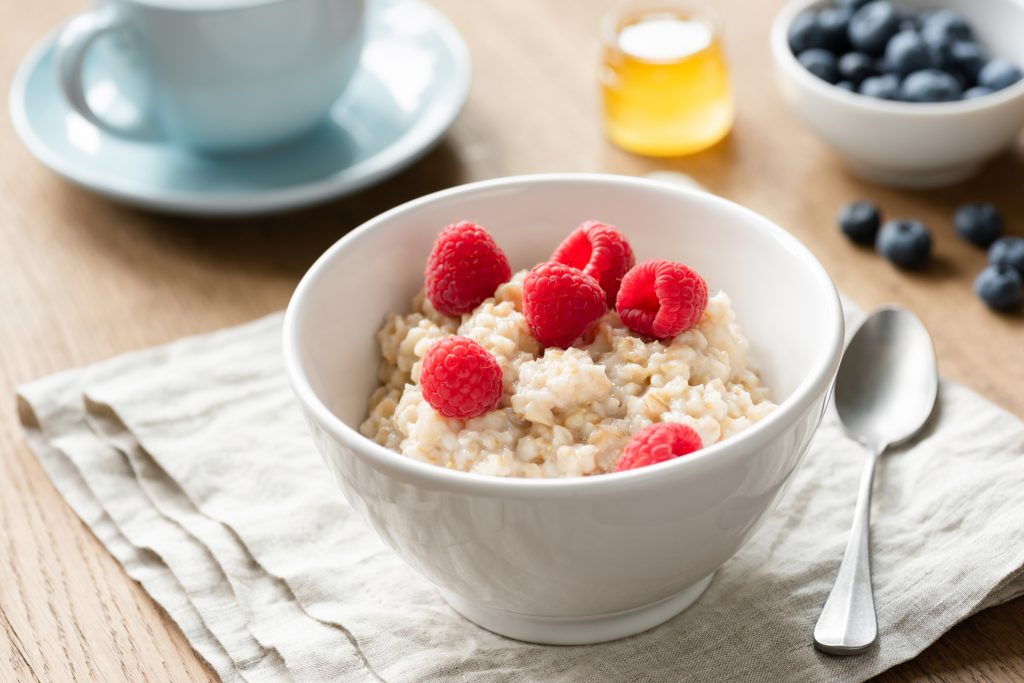
Delicious and healthy low-sugar fruit .In general, the body should consume no more than 24 grams of sugar per day or equivalent to 6 teaspoons of sugar. Or the elderly should consume less sugar than this is no more than 16 grams per day or 4 teaspoons, but we believe that nowadays many people get excess amounts of sugar from drinks, food, and snacks. Until obesity and various chronic diseases, so eating fruits that contain sugar may be a concern of many people implicitly. And also raised suspicion that what are some low-sugar fruits that we can eat in the right amounts?
Then come check the list of fruits with less sugar. Measured from the amount of fruit 100 grams, which the Department of Health collected data. However we must emphasize that even if it is a low-sugar fruit we have to eat it in the right amount. If you eat too much Or eat many kinds It may cause high blood sugar as well. Therefore, you should choose to eat one type of fruit / meal or 2-3 times a day after meals.
1. Dragon fruit.
Dragon fruit is a fruit that has a variety of nutrients. Has excellent properties such as helping to lose weight it can help reduce sugar and cholesterol in the blood. The amount of sugar in 100 grams of dragon fruit contains approximately 8.1-9.8 grams of sugar, or about 2-2.4 teaspoons. Red dragon fruit contains less sugar than white one. But it is recommended to eat no more than 1/4 dragon fruit at a time, which will provide approximately 1.1-1.6 teaspoons of sugar.
2. Cantaloupe.
Cantaloupe is a delicious fruit , sweet and easy to eat. And also contains relatively high antioxidants it has anti-inflammatory properties and reduces macular degeneration. Both yellow and green cantaloupe weighs 100 grams or about 4-5 pieces have about 5.8-6.1 grams of sugar or about 1.5 teaspoons.
3. Cherry.
Cherries are no longer a hard-to-find fruit. Because they are sold in supermarkets. We can get lycopene which is an antioxidant from cherries, vitamin C, vitamin A, carotenoids and beta-carotene. And in 100 grams or about 12 cherries there are 7.4-10.7 grams or 1.8-2.7 teaspoons of sugar.
4. Watermelon.
Watermelon is a juicy fruit that is available every season. Sweet and juicy taste, delightful and still easy to find. It is a favorite fruit of many people. 100 grams of watermelon (approximately 5-7 pieces) contains 5.3-8 grams of sugar or 1.3-2 teaspoons of sugar, which is considered a low sugar fruit. But the sugar in watermelon is a sugar that the body can absorb quickly. Therefore, it may not be suitable for diabetics.
5. Guava.
Guava is high in vitamin C. There are many benefits of it. It can cure constipation, antioxidant, reduce toxins in the body, Help stop bad breath, reduce the risk of inflammatory bowel disease and is also classified as a weight loss fruit because it gives less energy. The sugar in 100 grams of guava meat (not more than half the fruit) is 5.5-6.4 grams or about 1.4-1.6 teaspoons which is considered not much sugar.
6. Coconut.
Coconut is a fruit that contains estrogen or female hormones. Thus helping to nourish the skin. In addition the coconut water is fragrant, refreshing and has a sweet taste. The 100 grams of coconut water (about 1/3 of the fruit) contains 1.8 teaspoons of sugar, so you can drink coconut water in moderation. 100 grams of coconut pulp or 1 fruit contains 0.7 teaspoons less sugar than coconut water. But the meat is high in fat so people with hyperlipidemia or is obese should not eat a lot as well.
7. Strawberry.
The bright red color of strawberries is guaranteed to contain lycopene and betalane. Which is an antioxidant found in vegetables – fruits that are red or pink purple. These substances help prevent cancer. And helps maintain a healthy heart. Which 100 grams of fresh strawberries, or about 5 fruits, has 3.8 grams of sugar, or about 0.9 teaspoons. But if eating strawberries 1 part or 9 fruits at a time, which is about 170 grams, the sugar from strawberries is about 1.6 teaspoons.
These low-sugar fruits are just some of the fruits that we are used to and eat often, however, do not forget to look at the amount you should eat as well. In addition, some fruits contain less sugar. But the glycemic index (GI) of each fruit may be quite a bit. Fruits with a high GI increase blood sugar levels rapidly, so if you have diabetes. Or diseases that need to be careful with the GI value should be consulted with a nutritionist. Or your doctor before eating these fruits.